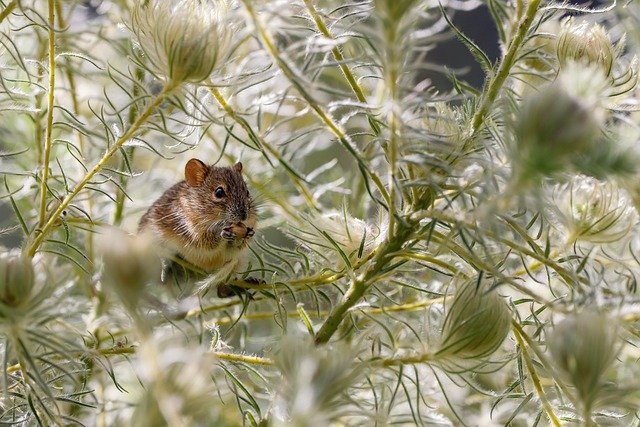Mice are small mammals belonging to the Pupilae family. There are more than 1,100 species of rats worldwide, with house rats (Rattus rattus) and brown rats (Rattus norvegicus) most commonly found in urban environments. Rats are known for their extraordinary adaptability, so they can live in various habitats, from forests to cities.
Rats' main diet consists of grains, fruits, and vegetables, but they are also known as omnivores who can consume a wide variety of foods. The intelligence of mice means they are able to find food sources even though they have to face various obstacles. In the ecosystem, mice have an important role as decomposers and prey for predators such as birds of prey and snakes.
Rats are also known to have complex social behavior. They live in groups and have a social hierarchy that helps in maintaining safety and access to food. Additionally, mice are renowned for their rapid reproductive abilities; a female can give birth to up to 12 cubs in one litter, and may do so several times a year.
Although rats are often considered pests because they can spoil food and spread disease, they are also used in scientific research. The Mouse Laboratory has helped scientists in a variety of research, including drug development and understanding disease.
With all its advantages and disadvantages, mice are interesting creatures to study in more depth. In the context of urbanization and climate change, understanding mouse behavior and adaptation can provide important insights for environmental management and public health.

Downvoting a post can decrease pending rewards and make it less visible. Common reasons:
Submit
Upvoted. Thank You for sending some of your rewards to @null. It will make Steem stronger.
Downvoting a post can decrease pending rewards and make it less visible. Common reasons:
Submit